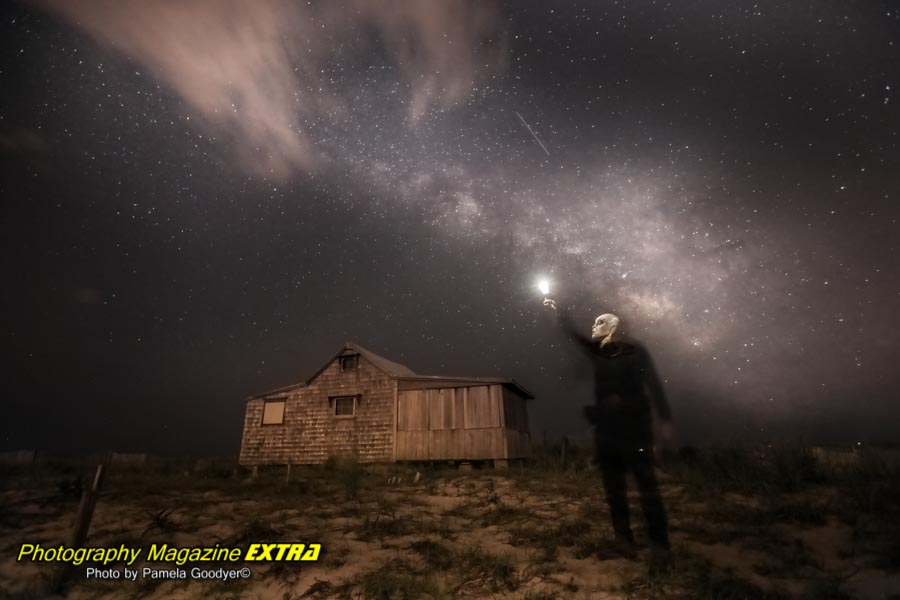WHAT IS THE BEST TIME TO GO?
This area has dark skies, perfect for stargazing during the season.
WHEN CAN I PHOTOGRAPH THE MILKY WAY?
Months: The Milky Way Core can be seen from March to October, disappearing below the horizon for the rest of the year. It appears in the early morning hours in March and becomes visible earlier each month. The best time to catch a glimpse of the core is during summer when it can be seen immediately after sunset, providing an ideal viewing opportunity for stargazers and photographers.
New Moon: Timing is crucial to seeing the stars. This celestial event can only be seen on clear nights without a visible moon, limiting the viewing window.
Light Pollution: The best way to experience the full wonder of the galaxy is to escape from areas with heavy light pollution. The most spectacular views can be found in remote locations far from cities and civilizations. Check out our How to Section for more details, including using a light pollution map to guide you to dark sky locations. But this is one of the few locations in New Jersey that is perfect for photographing the dark skies.
HOW LONG TO PHOTOGRAPH THIS AREA?
This area can be explored and photographed in just a few hours. If you’re coming here for the Milky Way, photograph your sunset while waiting. You can pair this up with other great New Jersey photography locations that are at the bottom of the page.
WHAT PHOTOGRAPHY GEAR SHOULD I BRING?
-
- A sturdy tripod.
- A wide-angle lens will help you fit the majestic mountains into your frame.
- Bring a telephoto lens and monopod for wildlife photography to help stabilize your camera.
- Pack plenty of extra batteries and memory cards, as you’ll likely take many photos.
- Bring your macro lens to photograph the vast landscapes and intricate details of the surrounding nature.
- Pack an array of filters, from UV to polarized, to take the glare off the water and neutral density filters for long exposure to milky water effects.
- Bring a spare set of fully charged batteries and extra memory cards; you never know when a perfect shot will present itself, and the last thing you want is your camera battery.
WHAT ESLE SHOULD I BRING?
- Water and Snacks
- Organic bug repellent. (Non-organic is very toxic)
- Organic Sun protection. (Nonorganic sunscreen is a cancer cause.)
- Durable hiking boots for any trail or terrain you may encounter.
- Have a waterproof backpack or rain cover to protect your equipment.
- Packaging a rain jacket and long pants.
- A hat and sunglasses to shield yourself from the elements.
- A thermos for nighttime photography.
KEEP IN YOUR CAR FOR YOU PHOTOGRAPHY JOURNEYS
- First-aid kit
- Knife or multi-too
- Compass
HOW DO I GET THERE?
Address for your GPS
2401 Central Ave.
Seaside Park, NJ 08752
GOOGLE MAPS – JUDGES SHACK
WHAT OTHER PHOTOGRAPHY IS NEARBY?
You can also see our New Jersey Milky Way Photography Locations here.
And other New Jersey Photography Locations here.
HOW BUSY DOES IT GET?
It’s not too bad, but the area resembles other New Jersey shore towns.
ANYTHING ELSE?
See the park section below for the road construction information.

















